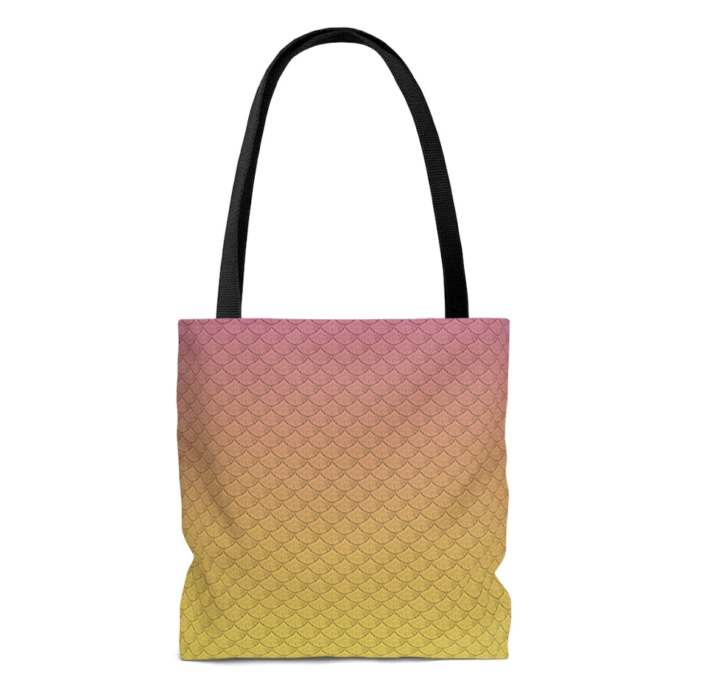We begin with our reporting about illegal border crossings, which continue to shatter all records. Dozens of Texas counties have proposed or passed resolutions calling the border crisis an invasion, in part to pressure the federal government to secure the border. Last week, President Biden visited the border, the first time in his two years as president, and offered to expand the use of Trump-era border control measures. As millions are drawn to the U.S. southern border, many make a dangerous journey from South America through a notorious stretch of mountainous jungle called the Darien Gap between Colombia and Panama. That’s the site of our cover story this week with Scott Thuman, measuring the effect of President Biden’s border policies.
The following is a transcript of a report from “Full Measure with Sharyl Attkisson.” Watch the video by clicking the link at the end of the page.
As the sun rises over southern Panama, we travel through one remote village after another.
There is little to note along this dusty stretch five hours from the country’s capital, but where we’re going, the headlines are countless, because the people passing through are too.
Just after crossing into the notorious Darien Province near the border with Colombia, we’re stopped at a series of military checkpoints that the Panamanians don’t want us to video for security reasons.
Eventually, as we move on a hillside near the town of Meteti, we reach this compound. A makeshift camp run in part by nonprofits and the Panamanian authorities. This is a critical point at the end of a long winding river that is now a key migration route for tens of thousands who cross on their way to enter the U.S.
We meet Augustin. He is 28, from the African nation of Cameroon, and like a majority of those here, he tells us of a frightening trek along one of the most dangerous migrant routes in the world, called the Darien Gap.
Scott: How was it going through the jungle?
Augustin: It’s terrible. Like, I cannot say someone to use the jungle because it’s very, very terrible. Like it’s just people are dying, people are crying, injured, so it’s not nice. I cannot advise someone to use the jungle because it’s terrible.
Scott: You tell people, “Don’t go, it’s too terrible”?
Man: It’s too terrible. For me, like it’s too terrible. Like the mountain, like water, like it’s too terrible.
It is 60 miles of thick, muddy jungle, steep hills, and treacherous swamps — the only overland path connecting South to Central America. And as documented in these videos, the terrain can break, if not kill, even the strongest of travelers.
That is aside from the poisonous snakes and spiders. Many run out of food and clean water quickly. And then there is the violence inflicted by the cartels that lord over this jungle, and reports of rapes and robberies by armed local gangs and native tribes.
Jessica, from Ecuador, came through with her 11-month and 6-year-old boys.
Jessica: The crossing was very difficult, with lots of swamps. Your feet sink in the ground. We had to climb many rocks. Sometimes like this, sometimes in the sun.
I asked if she saw people sick or dying.
Jessica: Yes, in our path there was a person that had died. I don´t know the cause, but they died. Another lady died too because the rocks fall off. She fell from a tall height and died.
The “Gap” is a money-maker for coyotes — locals from the Colombian side, who charge from $50 to $300 to lead the way. One of the tricks they use is to offer shorter or longer treks depending on how much people can pay. The longest routes can take a week; the shortest, about three days.
Those who emerge then spend another $25 to take one of these boats up the river to the camp.
Scott: Two hours by boat, and how many people can you put in one boat?
Translator: Fourteen or fifteen.
I ask what nationalities he’s seen most. He says Venezuelans, Cubans, Ecuadorians, and Peruvians.
Last year, more than 240,000 were known to have crossed the gap, a ten-fold increase from 2019, when 24,000 came through.
Some governments are documenting whoever they can, using biometric tools like fingerprints and photos to track their movement.
Diana Romero is a Panama-based crisis coordinator for UNICEF, the UN Children’s Fund.
Diana Romero: The increasing numbers of children in the Darien corresponds to the fact that whole families are migrating, not just adults, as was customary before, when parents would go ahead and start wiring money back to bring their relatives. Now, the problems in the countries they come from are making whole families migrate, and the most worrying thing we see is the increasing number of children.
This man from Haiti, told us how sick his 16-month-old baby got after drinking bad water during their six days in the jungle.
Scott: Walking through this encampment, this sort of makeshift marketplace, you’re absolutely struck by how many voices, how many languages you’re hearing.
At least 70 nationalities were recorded in 2022. While they come from all over, including from some nations hostile to the U.S., their goal is a common one: to make it to the United States.
Scott: Where do you want to go eventually?
Augustin: I go to the United States.
Scott: Do you think that you’ll get in?
Augustin: Yeah, yeah, of course.
Scott: Why do you say, “Of course”?
Augustin: I don’t know. They are welcoming and they don’t want someone who likes trouble. And I believe I am not a troublemaker, so I believe they will receive me.
They claim, despite long dreaming of life in the U.S., this is perhaps their best chance, based on a belief that under President Biden, it will happen.
We ask this woman if she thinks it will be easier to enter the U.S. under President Biden.
Jessica: Yes, I think so, because Trump is against immigrants.
That notion — that President Trump was tougher than Biden on illegal immigrants — is something we hear a lot in the camp.
And in Washington, record crossings have become a hallmark of the Biden administration.
Last month, the head of U.S. Homeland Security, Alejandro Mayorkas, met with leaders in Colombia and Ecuador to address the constant caravans through the Darien Gap. The administration claims it is trying to dissuade illegal immigrants. It clearly isn’t working.
Scott: After getting out of the jungle, this is where many of the migrants arrive, and it’s their first point of safety, but it’s hardly the end. They know they’ve got thousands of miles more to go in some cases, and unsure how they’ll get there.
Buses are leaving the camp all day, every day for the 12-hour trip to the next country’s border: a $40 ticket to Costa Rica.
Mohammed Zaman Zaheel came all the way from Afghanistan with his wife, 2-year-old, and 3-month-old baby.
Scott: Are you confident that the United States will let you in?
Mohammed: No, no. We will go illegal in.
Scott: You’ll go illegally if you have to?
Mohammed: Illegal, yes.
The allure of America, enough that neither a deadly jungle, nor an uncertain future, will stop this flow.
Sharyl: We keep breaking new records with the number of illegal border crossings. Do you think we’re expecting even more in 2023?
Scott: Well, it’s quite possible. Everyone I spoke to told me the same thing. They said that it’s the conditions on the ground in their countries that are driving them to leave and show up here. So, whether it be crime or poverty or war, that’s the driving force. If that unrest continues elsewhere you can expect to have more immigrants show up here.
Sharyl: And as for the Darien Gap, we keep hearing how dangerous it is and what goes on there. Did you get the sense it is really that bad?
Scott: It is considered one of the most dangerous migration routes in the world. That is correct. It’s controlled by armed gangs. They determine who goes through, what contraband goes through, and really that’s what poses some of the greatest risk. That’s why we chose to approach it from the Panamanian side, and even then, we had to have a security team with us.
Sharyl: Sounds like nobody’s really strongly policing it, or able to.
Scott: No. Not able to.
Sharyl: Alright, thanks Scott.
Watch cover story here.

The Lemonade Mermaid Store
Unique gifts for Land or Sea Mermaids, Mer-pets and Little Mermaids!
Left: Our signature Fish Scales design tote bag in Citrus







